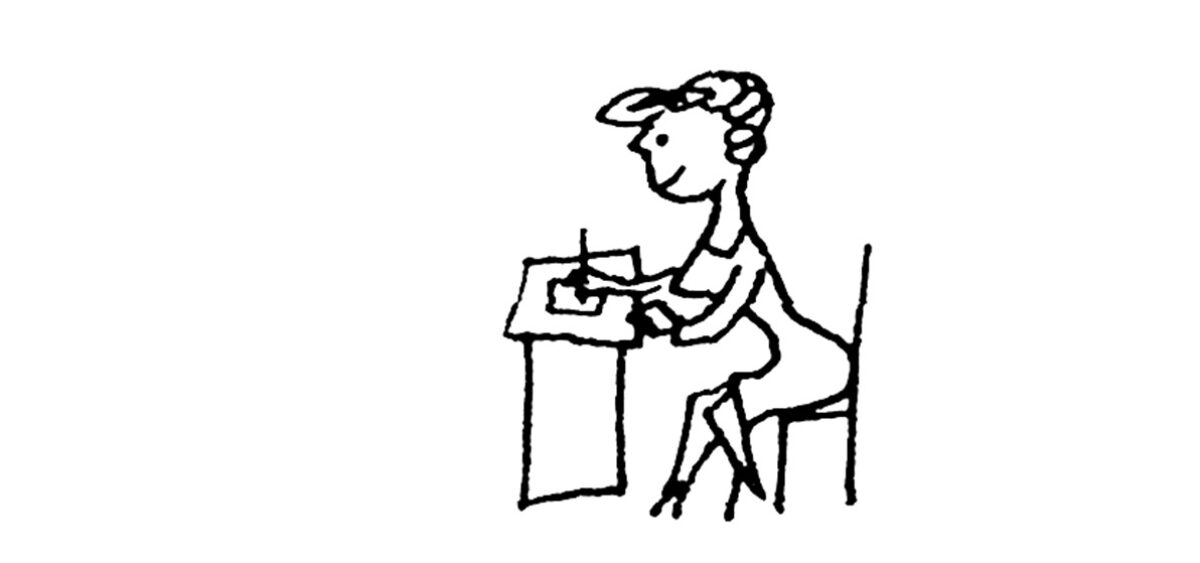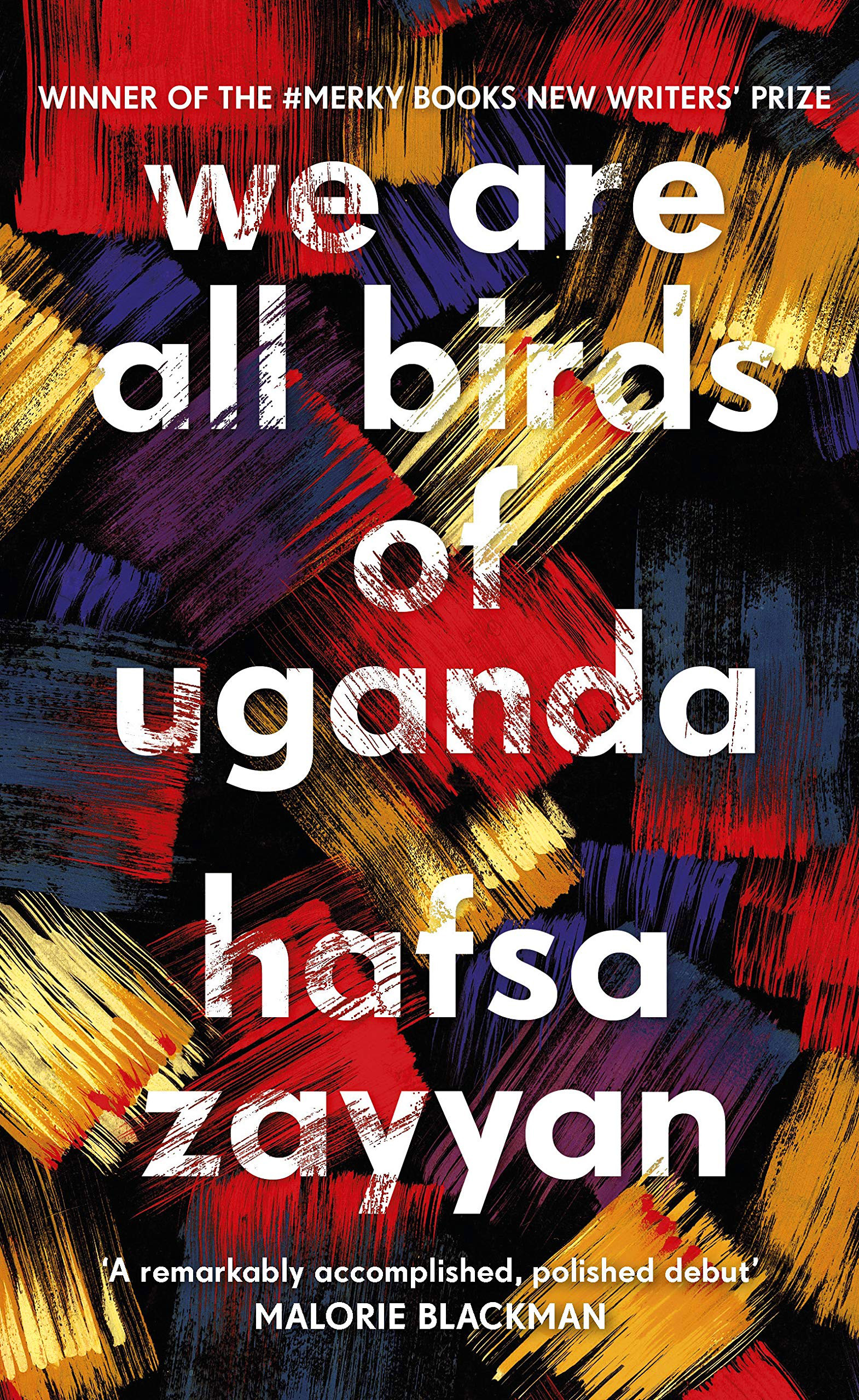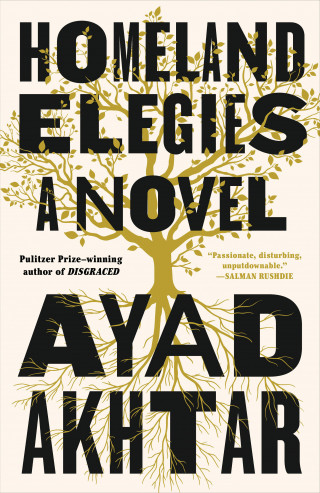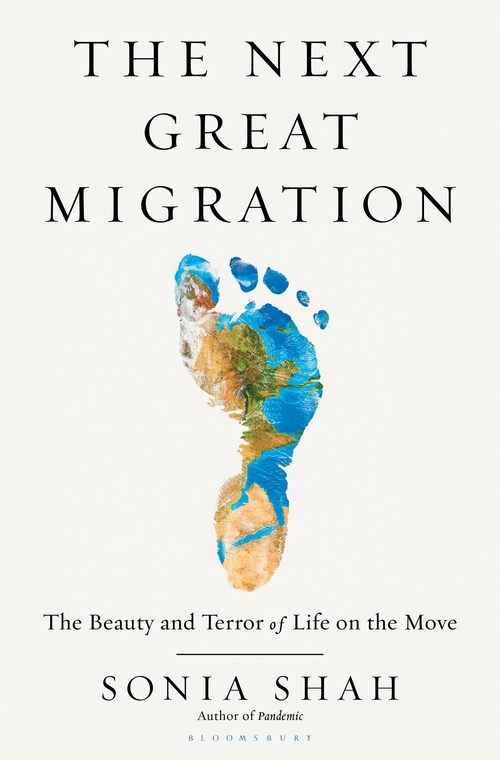
Naomi Klein has written a guidebook for young defenders of our planet – yet it proves helpful not only for teenagers. A short and incisive story of the climate crisis, along with an explanation on how to leave the global impasse, Klein’s book is a compressed pill of facts and optimism that can help adults, too.
The Canadian journalist and activist could be considered a mentor, if not godmother, of the new generation involved in climate activism. But this was not the purpose of her short, engaging book.
Naomi Klein wants to help. She understands how much depends now on the knowledge and determination of children and teenagers. In her guidebook for the youth, Klein steers clear of the patronizing, arrogant attitude of the business tycoons patting Greta Thunberg on the back at the Davos summit. Klein sees the originator of the School Strike for Climate as an actual leader and partner in the most important endeavour of modern times: saving the planet and each other. In her latest book – written as a guide and practical handbook – Klein addresses the youngest climate warriors.
She wrote How to Change Everything with the help of Rebecca Stefoff, an author of popular science books for young readers. The title isn’t just a tongue-in-cheek slogan; it also states a necessity that is firmly rooted in scientific facts. Klein’s previous book, written for adult readers, was titled This Changes Everything: Capitalism vs. the Climate. This time, she delivers an accessible, boiled-down version of her conclusions: humanity needs to transform its system of values, economic structures, as well as everyday lifestyle choices. Is it too much to make it happen? Klein’s book helps us believe it isn’t true. She dissects the mechanisms of climate change and the global economy, making them easier to understand. Having put those mechanisms apart, she presents each piece in such a way that we no longer perceive them as perennial and integral. Both actors enrich the text with historical knowledge as well, mentioning such events as the New Deal introduced in the US during the Great Depression and the post-war Marshall Plan in Western Europe. They remind us that a change in thinking is achievable, and a time of crisis makes for a good opportunity to introduce change, since it throws us off the ordinary grind.
Of course, a crisis can also lead to the strengthening of the status quo and deepening social differences, as Klein shows in the example of Hurricane Katrina – which led the American government and businesses to make decisions against the interests of poor African-American and Latino communities from New Orleans. This example highlights the links between the economy and climate, encouraging us to plan better strategies for the future. Klein describes the hurricane as a result of climate change. But as for the scale of devastation and social damage it wreaked, she insists they were the result of public service negligence: failure to repair levees, stockpile food, and prepare infrastructure and aid for the poorest. To Klein, the story of Katrina is a textbook example of what happens to countries that grant tax exemptions to corporations, privatize social services and tie the wellbeing of their citizens to profit-chasing enterprises. She also draws similar conclusions from the outcome of the coronavirus pandemic, stressing that hospitals operating like companies oriented on profit – rather than spending money on healthcare – cannot possibly handle an influx of patients. In a world driven by economics, holding onto spare beds and stockpiling oxygen for emergencies equals wasting money.
Klein calls for a change of priorities. She considers a model in which the state focuses primarily on public welfare and places the universal wellbeing of its citizens at the centre of its economic model. The author also explains that inequalities in accessing natural resources and the lack of appropriate crisis aid schemes are symptomatic of climate discrimination, sometimes leading to climate racism – just like in the aftermath of Hurricane Katrina, when new estates for wealthy white middle-class residents appeared in areas previously occupied by Black communities, who had lost their homes to the disaster.
The book is divided into three parts. In part one, the authors present the current state of the planet – a climate diagnosis of today’s world. In part two, they explain how we got there, delivering a succinct lecture on the economy of growth that depends on coal, oil and gas extraction, leading to a rapid increase in greenhouse gas emissions. Finally, part three is a story about what to expect, including both climate prognoses and an array of possible solutions in the areas of technology, politics and the economy.
Klein understands the power of facts perfectly well, but it is her ability to combine knowledge with a sense of agency and hope that makes this and her previous books so powerful. While referring to history – but also the most recent actions of young activists from Nigeria, Uganda, India, Sweden and Canada – Klein moves on to practical solutions.
The book includes short biographies of some young activists, such as Elizabeth Wanjiru Wathuti from Kenya, who initiated a nationwide tree-planting campaign. However, Klein stresses that social movements (such as the Youth Strike For Climate, Extinction Rebellion and Sunrise Movement) are of crucial importance, as it is large-group pressure that can enable political and systemic changes. In the guidebook part, the authors give young readers some ideas for social engagement. For example, they can demand lessons on climate change in their schools, refrain from buying products made by ecologically unfriendly brands and those supported by oil companies, or take a train instead of flying. Finally, children and teenagers can become activists by joining an existing movement or starting their own at school or in the neighbourhood. They can petition and write letters, or try their hand at politics by running for office, even if it’s just in their student council.
It is worth trying, even if just with baby steps – history has taught us that individual acts of conscious resistance can lead to a tornado of change. Global change is not an irrational undertaking and it doesn’t have to take long. ‘Shock’ transformations reshaped Central European economies within several years, just as economic crises and social revolutions did. The main challenge, according to Klein and Steffoff, is to do it better this time and to include all those previously excluded; to understand that the fate of the Earth is not the only thing at stake, but so is our integrity and humanity.
It is hard to find many stories as engaging as this one, showing young people how important and capable they are. But Klein makes one more thing clear: the new generation won’t make it alone; they needs support and resources. This is the footnote for adults – before you give this book to a child, read it yourself.
How to Change Everything: The Young Human’s Guide to
Protecting the Planet and Each Other
Naomi Klein, Rebecca Stefoff
Atheneum Books for Young Readers, New York 2021
Translated from the Polish by Aga Zano









